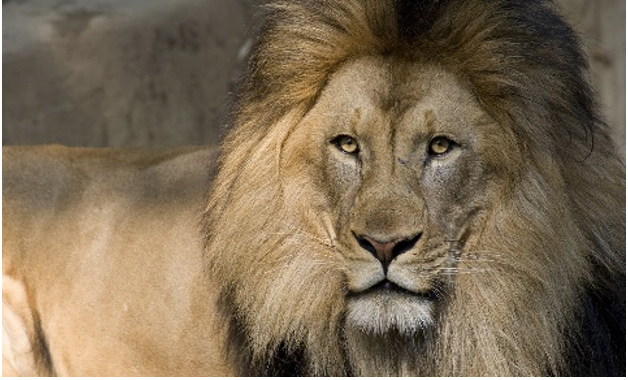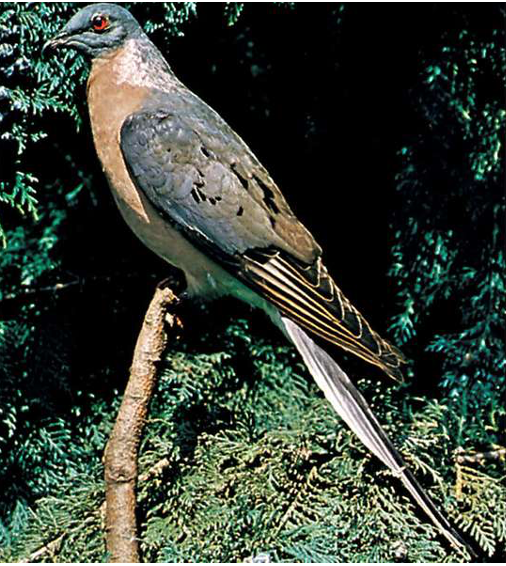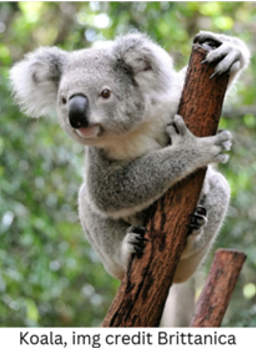ESS – Case study 3.3, threats to biodiversity
- Oeiras International School
- Jun 16, 2021
- 4 min read
1) Lion – Panthera Leo
Species description: Lions are from the Animalia kingdom. They are carnivores and are part of the Felidae family. Their genus is Panthera. Lions have compact bodies. They utilise their strong jaws and teeth to prey and they have of yellow fur. The length and colour of their fur is determined by their age and hormones. Their life span is about 10 to 14 years of age.

Current Status: The current population trend for lions is decreasing and there is a continuous decline of the population of this animal over time. Lions have already gone extinct in many places such as Afghanistan, Algeria, Burundi, Congo, Egypt and many more. They still remain extant (resident) mostly in Africa, more specifically in: Angola, Benin, Botswana, Cameroon, Central African republic and many other places as shown in the image below.

Habitat: Lions live in the Terrestrial system. The mostly live in Forests, the Savanna, Shrublands, Grasslands and Deserts.
Ecological Role: Lions paly a key role in the food chain. They help control the herbivore population which is very important because if it would not be controlled, the increase in competition among them would cause some to go extinct, therefore reducing biodiversity. Lions are the top predator in their food chain. They also control the population size of the species they feed upon such as the population of zebras or buffaloes. Their niche in the ecosystem allows them to help with other animal population control and to prevent the spread of disease in the food chain.
Consequences of extinction: As previously mentioned lions have a major role in controlling the herbivore population and if it would not be controlled, the increase in completion among them would cause some to go extinct. It would also create a disturbance in the food chain. For examples the population of the animals that would normally get eaten by the lions would increase due to one (or their single) predator no longer hunting them. This is the case for animals such as Antelopes, Zebras, Buffaloes, young Elephants, Rhinos, Hippos, Crocodile and Giraffes. Although lions are the top predator of the food chain, meaning that no animals hunt them, they have natural enemies in the Animal kingdom such as hyenas and cheetahs who both eat the same animals and hunt the same species (intraspecific competition). If the lions would go extinct, both the population of cheetahs and hyenas would increase. The most critical consequences of extinction would be on the food chain and on the ecosystem’s biodiversity richness.
Pressures impacting upon species (threats): The main threats to Lions are indiscriminate killing and prey base depletion. Indiscriminate killing, (killing in mass) is mainly due to human livestock and to protect human life and prey base depletion is a function of prey abundances. Lions also face threats regarding their habitat destruction due to human activities such as logging and wood harvesting, housing in urban areas, wars and military exercises.
1) Passenger Pigeon - Ectopistes migratorius
Species description: The passenger pigeons were once known for its massive migratory flocks in the sky that could last for days. They were part form the Animalia kingdom and are part of the Columbidae family. The average male size of these pigeons was about 400 mm in length and mostly had grey feathers except for their neck which had bronze orange leathers. Another of their characteristics was that they had black sports on the wings. Their life span is about 15 years. They ate beechnuts, acorns, chestnuts, seeds and berries found in forests. In summer, Passenger Pigeons would also eat worms and insects.

Current Status: The passengers pigeons have gone extinct in the early 1900s. Their extinction was caused by humans for their meat and shipped by railway carloads for sale. They were slaughtered by millions each year. Passenger pigeons used to live in Canada in the US as shown in the image below.

Ecological Role: There were many roles for the passenger pigeons and this species had many different valuable niches to the ecosystem. The first niche they had was that they were part of a food chain. They were part of the primary consumers of the food chain and were effective since they were able to support substantial predation. The most important ecological role that passenger pigeons had was that they were the ecosystem’s engineer of eastern North American forests. In other words, they had a key role in the stability of the habitat by modifying the availability of resources to other species of the ecosystem, shaping habitat dynamics of the ecosystem and keeping the whole biodiversity stable.
Consequences of extinction: As previously mentioned, passenger pigeons had many different niches of the ecosystem. When they went extinct, the whole ecosystems food web was disturbed. The available food for secondary consumers on for the higher trophic levels significantly decreased. Moreover, easters ecosystems are now losing diversity without the passenger pigeon’s engineering role. The stability of the ecosystem would fall apart by the loss of biodiversity which could lead to all sorts of unwanted outcomes.
Pressures impacting upon species(threats) : It is difficult to determine exactly what were the threats that passenger pigeons were facing that cause them to go extinct. However, some threats that caused this species to go extinct were the excessive hunting for the animals meat and for trade, the clearance of hardwood trees and the Newcastle disease.






댓글